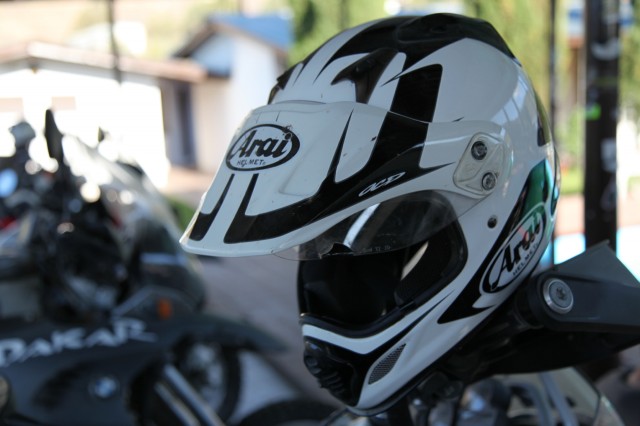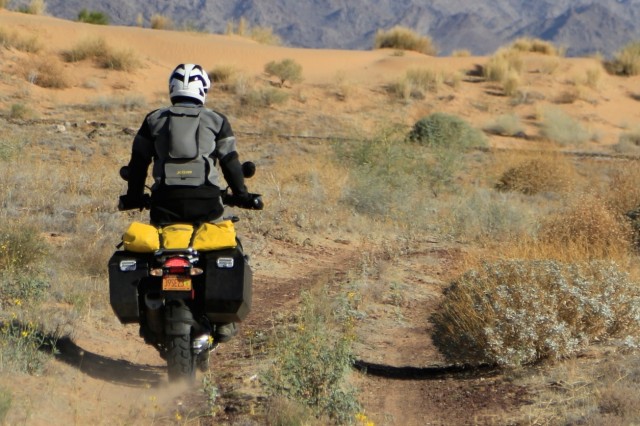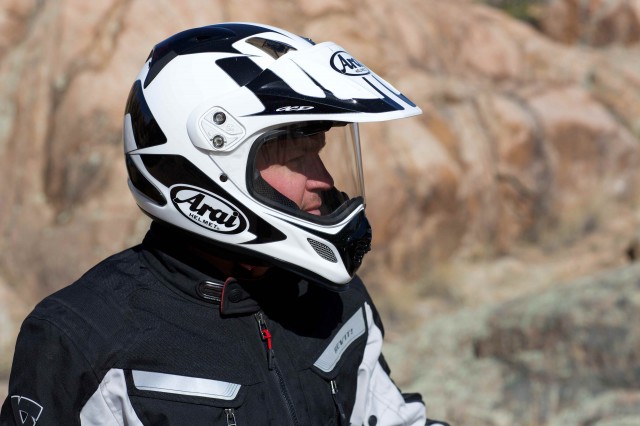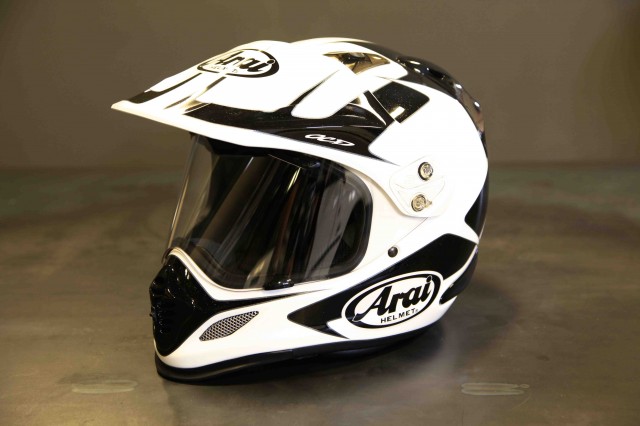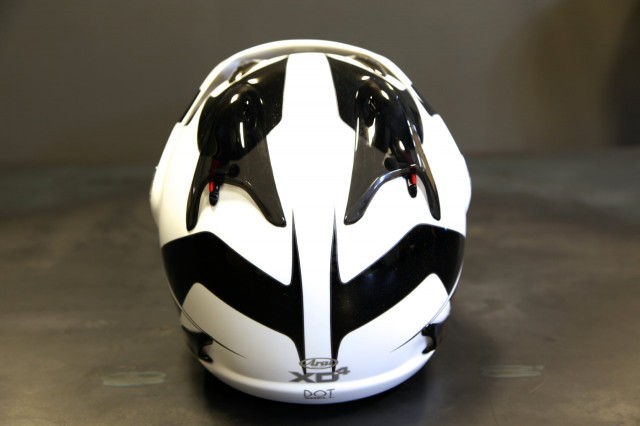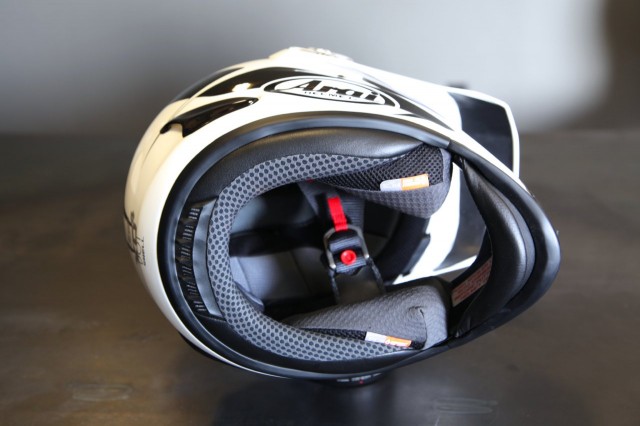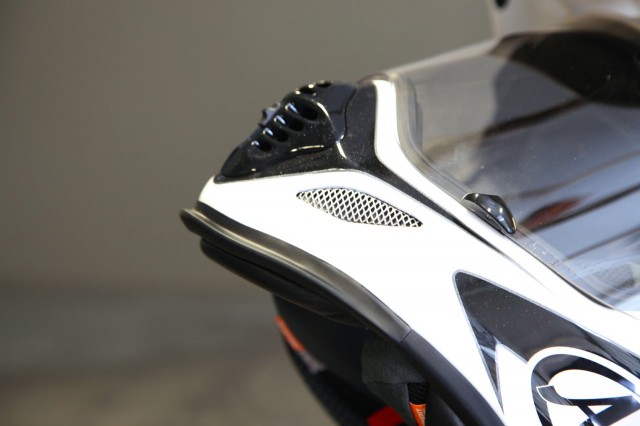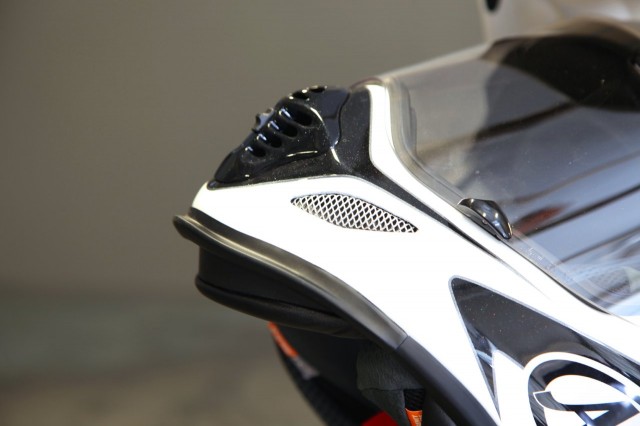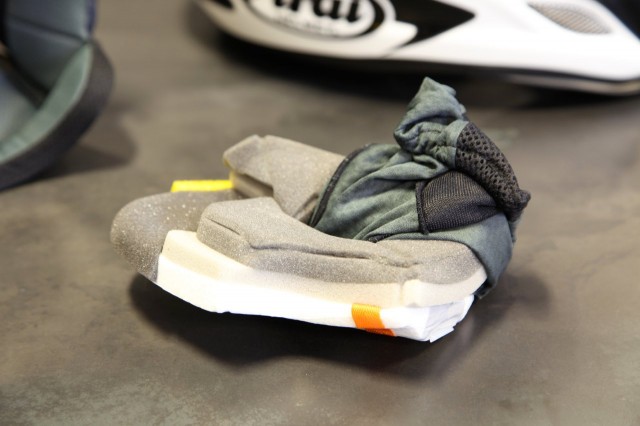Adventure motorcycle riders demand much of their equipment. This is no less true of their helmets which are routinely asked to perform as well in the dirt as they do on the slab. That paradox of attributes has encouraged many helmet manufactures to simply avoid the category all together and without sounding a little snarky, some should. Arai invented the dual sport helmet and If there was ever a near perfect example, it is arguably the XD4. As part of our Baja Tested series, we took the XD4 to one of the harshest environments to see how it would perform. Over the course of seven days amidst temps in triple digits, our XD4 proved it is worthy of its reputation.
Building on the success of the XD3, Arai set to work creating a slippery new shape for their latest XD. Unlike many dual sport offerings which are little more than off-road helmets with a clear shield slapped on the front, the XD4 was purposefully sculpted to provide optimal aerodynamics at higher pavement speeds. That shape was designed to work in tandem with the peak visor for improved air pass-through in order reduce buffeting and rider fatigue. Given the generous size of the peak visor, that seemed like a dubious claim, but to my surprise it really does work. In high crosswinds at cruising speed, I found the XD4 to be rock steady even when head-checking blind spots or looking down at instruments.
If the exterior of the helmet is superb, the interior is equally so. Arai has always had an elevated appreciation for the interface between rider and helmet and the XD4 carries forth on that tradition. The three-part liner includes two highly sculpted cheek pads and a one-piece head liner. The FCS (Facial Contour Support) cheek pads are constructed of multiple layers of foam of varied density. They provide just the right amount of firmness to securely hold the helmet in place, yet compress easily enough to not make getting the helmet on or off a struggle. The real genius in the FCS system is the ability to adjust the thickness of the cheek pads. Each pad includes an outer 5mm layer of foam which can be removed to customize the fit. Those two pads also feature pronounced orange webbing tabs, part of the Emergency Cheek Pad Release system. In the event of a crash, first responders can quickly and easily remove the cheek pads by pulling on the two orange straps. This greatly reduces the risk of compounded injuries caused during helmet removal.
Since our headquarters is located in the Southwest, ventilation always ranks high on my list of priorities, and most helmets leave me wanting for more. The XD4 has a total of eleven vents, all of which function better than I would have expected. Arai has long been lauded for their brow vents, which at first blush seem more like a gimmick than a genuine feature. Not just trivial ports on the uppermost aspect of the shield, they channel air through two sizable vents directly to the forehead and move a considerable amount of air. There’s a high-volume vent at the front of the chin-bar flanked by two additional vents, all of which are easy to open and close with the touch of a finger. The two vents at the crest of the helmet appear to be too small to be effective, but once opened flood the helmet with a rush of air. The large exhaust vents at the back of the helmet are easily adjusted within three positions. If there is anything that annoys me with regard to vents, it’s fumbling around with them not knowing if they’re open or closed. Each vent control on the XD4 has an intuitive motion and a definitive “click” which can be felt as well as heard.
One of my personal nit-picks with many DS helmets is the lack of attention given to the design of the face shield and how it is deployed and retracted. My biggest beef is with shields that fail to retract far enough and obstruct my field of vision. Even with the large peak visor in place, the XD4’s shield easily retracts with the edges just barely visible above my natural sight-line. Closing the shield with the easy to locate locking tab is effortless and culminates in an authoritative “snap,” instantly sealing out wind noise. With the face shield down, and even with all of the vents open, the lack of wind noise is on par with many road-biased helmets. It’s easily the quietest dual sport helmet I have ever worn.
The face shield offers a wide field of vision. When open, it also retracts completely out of view.
The XD4 is one of the most feature-rich helmets we have ever reviewed. Perfect in almost every detail. The large rear exhaust vents are easy to actuate. They also draw out a high volume of air.
The soft neck roll has large vents at the back to help cool the back of the neck and head.
The retractable chin spoiler is more effective than it would appear to be.
The adjustable cheek pads are easy to modify and can be removed by first responders with little fuss.
Taking an inventory of the other features, it’s hard not to be instantly won over by the XD4. The neck roll is nicely shaped and made of sturdy but compliant materials for easy on and off. The chin skirt can be lowered or raised with just the touch of a finger adding to improved airflow. The underside of the peak visor is coated in a matte black material to eliminate glare, and even the snaps affixing the liner to the helmet are positioned outside of potential pressure points. If there’s a detail overlooked, I sure couldn’t find it.
On the road and trundling down the trail, the XD4 has exceeded all of my expectations, and for a $729 helmet with the very attractive Explore graphics, I admit my expectations were lofty. For those drawn to more conservative aesthetics, the base white color is $599. Prices like these still weaken some knees, but even a cursory evaluation of the XD4 suggests it’s a product worthy of the asking price. A study in detail and a masterful execution of design, the XD4 is possibly the dual sport helmet by which all others are measured.



